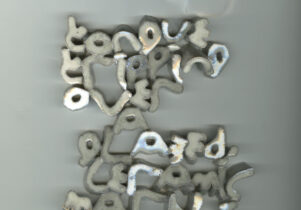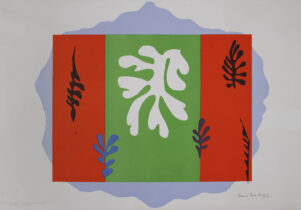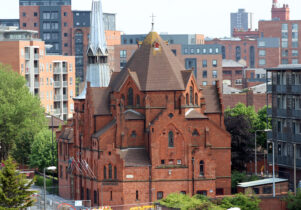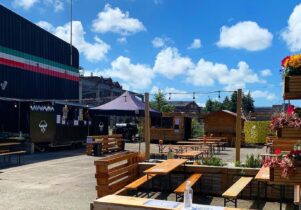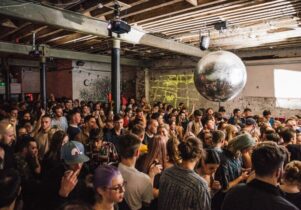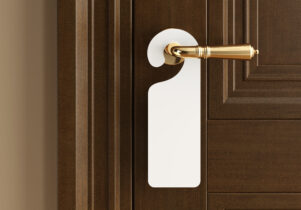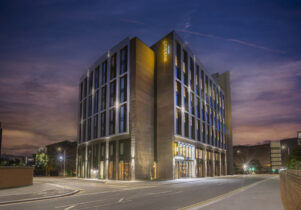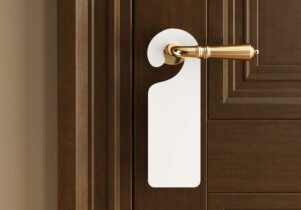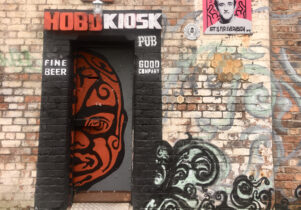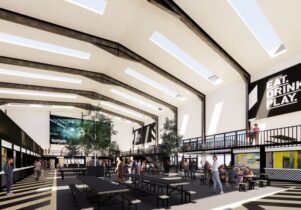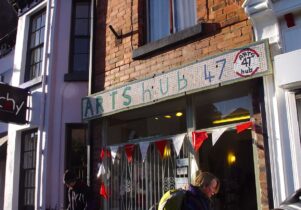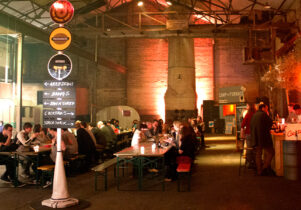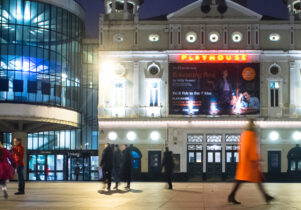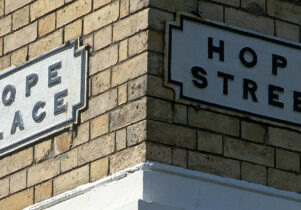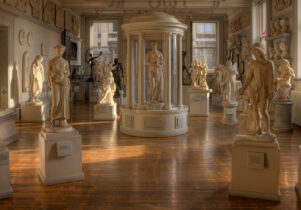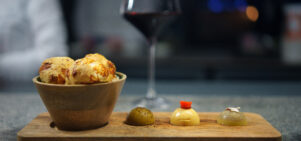The Scandinavian Seamen’s Church
Andrew Anderson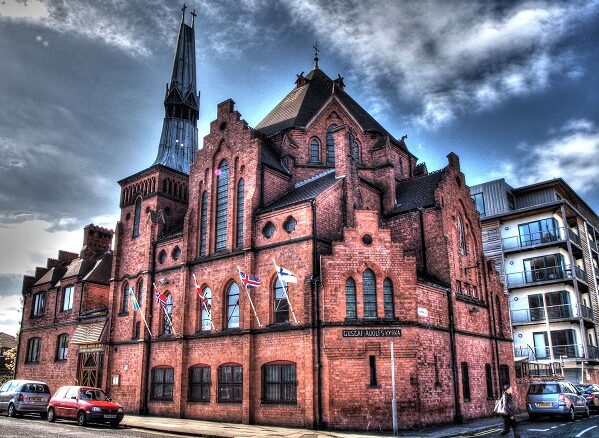
Gustaf Adolfs Kyrka, otherwise known as the Scandinavian Seamen’s Church, is a building unlike any other in Liverpool.
If you talk about a place that brings together Scandinavian style and English aesthetic, most people think you’re referring to some new fusion restaurant – or an Ikea outlet. Happily, this particular article isn’t about dubious food combinations (Lutefisk and chips, anyone?) or flat-pack furniture, but rather an international architectural alliance. We’re talking about Gustaf Adolfs Kyrka, better known as The Scandinavian Seamen’s Church.
It’s a brilliant mix of British red brick and Scandinavian stave style – this church is unlike anything else on the Liverpool skyline. Perched on the corner of Park Lane and Cornhill, its steep-sloping roof, lead covered turret and multi-faceted facade give the building an appearance similar to a cubist wedding cake. It is a little known gem, barely a stone’s skim away from the waters of the Mersey.
These days the only well-known Nordics play for the city’s football teams. Go back to the 19th century, though, and Liverpool was awash with the Scandinavian sailors who flowed through the premier port of an international trade empire. Rather than letting them run impious riot along the Albert Dock, it was thought best to build a church that would not only impart moral direction but also offer a home away from home for these world-weary travellers. Architect W.D. Caroe got the job, and work was completed on the Scandinavian Seamen’s Church in 1884, at the equivalent cost of around £1.3 million today.
It is a little known gem, barely a stone’s skim away from the waters of the Mersey
Commissioning Caroe was an act of Nordic nepotism; his father was the Danish Consul in Liverpool and an important figure in local politics. Fortunately, the younger Caroe proved more than a match for the task, creating something that has stood the test of time and is one of only two examples of a Stave-style church remaining in the UK. Although Caroe went on to distinguish himself by designing more houses of the sublime – working on dozens of churches up and down England – it would be hard to argue that any were finer than his first.
It is the sort of building that changes with the progression of the day, as light and shadow highlight different elements. In fact, specialist teams from Scandinavia had to be brought in to work on the roof due to its complex structure. Inside, the church has been modified and partitioned at various times, but the overall spirit has not been lost; the original organ and several sublime sculptures by Arthur Dooley remain in place.
The church has gone through turbulent times in recent years, almost closing on a number of occasions. Now though, it is still an active element in the Scandinavian community. If you’re at all interested in architecture, ecclesiastical or otherwise, then you’re certain to enjoy this original, unusual and beautiful example of Victorian cosmopolitanism. Ha det gøy!
Image courtesy Graham Seaman: read his blog here.


